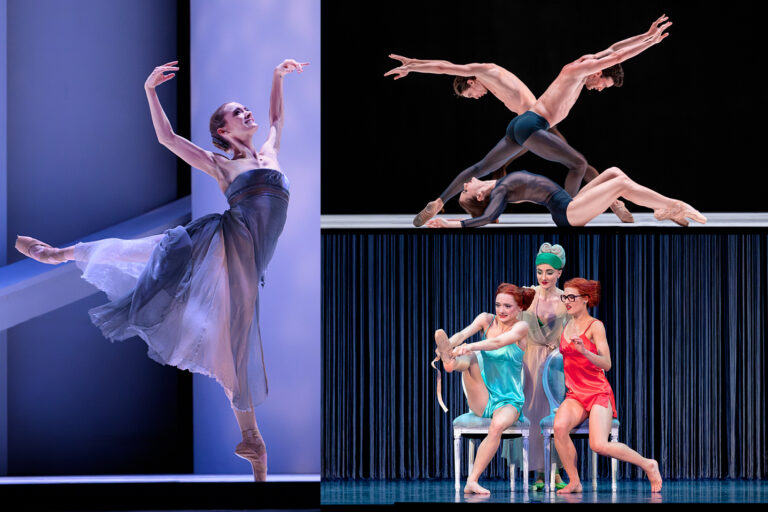“When you dance with someone, you get to know that person in a way you can’t describe,” says Dancing Classrooms founder and ballroom dance champion Pierre Dulaine, as the new IFC Films documentary, Dancing in Jaffa, kicks off.
Dulaine returns to his hometown, the Israeli port city Jaffa, which his family was forced to flee in 1948 (when he was 4) during the Arab-Israeli war, with the idea he can bring Jewish and Arab fifth-graders together through ballroom dance. No politics, no religion, just human beings dancing. He has 10 weeks and five schools to work with, and he meets significant resistance.
Men and women are not allowed to touch in the Muslim faith. Many of the students who are Arab have never even seen a Jew and vice versa. Some students only understand their respective language. Parents Dulaine initially meets with are skeptical. Luckily, none resist violently, though the film has violence at its edges to bring home the fact it’s always a presence among these populations. There are protests from right-wing Israelis who want the Palestinians out of Jaffa and counter-protests from the Arabs. There’s extra emphasis on Israeli independence day, which in Arabic is referred to as “the catastrophe.” A cab driver tells Dulaine he trusts no one, after losing four of his closest friends. One of the teachers tells her students how her sister-in-law, and mother of nine, was killed by a suicide bomber.
Dulaine seems optimistic and infectiously energetic as he trains the children and, eventually, mixes the Jews and Arabs from the different schools, only one of which is mixed to begin with. But behind the scenes, he’s weary. His dance partner of 35 years, Yvonne Marceau, visits to help him, but she leaves before the final competition.
As the schools come together, and students act reluctant, Dulaine’s frustration boils over, and he tells those who don’t want to participate to leave. But those who stay transform. There’s the Arab girl Noor, whose father was killed when she was in first grade. Before taking Dulaine’s dance classes, she’s bullied kids at school and had to meet with a counselor. But by the end of the training her teacher describes her as a flower that’s opened—her dancing is some of the best among the students. There’s Alaa, who’s separated from his extended family in Gaza. He befriends his Jewish dance partner Lois. The two visit with each other in their family homes frequently to practice, and he takes her out in his father’s rowboat. Lois also befriends Noor, and they go over their dance steps together.
The film culminates in the ballroom competition at the community center, with students from the mixed school taking first place. But the competition itself amazes Dulaine, who sees Arab and Israeli parents sitting together, talking, cheering on their kids. He can’t believe it’s real and says in the voiceover, “If I wasn’t the emcee, I’d be crying.” In the two years since Dulaine’s departure, the program has continued, with 1,000 students taking part.
The film is in theaters and video on demand today. See IFCfilms.com.



